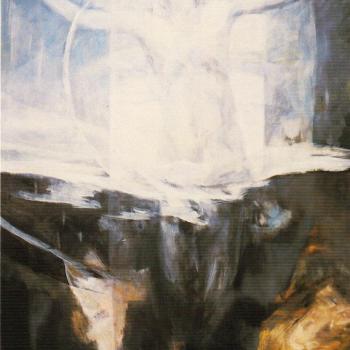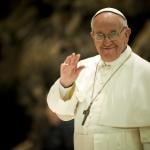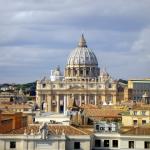
Wikimedia Commons public domain image
I suspect that veneration of the Virgin Mary reflects a dimly perceived ancient theological truth.
My column for this week in the Deseret News:
***
Here, newly appeared on the website of the Interpreter Foundation, is a nice contribution for the season from Jeffrey Mark Bradshaw:
***
Excellent advice for the very weird time we’re passing through:
***
A nice little item from Matthew Roper:
“There is no archaeological evidence for . . .”
***
“Supreme Court’s 5-4 Ruling Shows How Religious Liberty Hangs by a Thread”
“Justice Alito warns: To spot religious-liberty trends in USA, listen to voices on campuses”
***
“Thinking about divided America: Our complex land is getting more secular AND more religious”
***
David Berlinski (Ph.D., Princeton), a self-described “secular Jew” who is a resident of Paris, is a senior fellow of the Discovery Institute in Seattle, a former fellow at the Institut des Haute Études Scientifiques in Paris, and the author of numerous articles and books on mathematics, logic, and the sciences, including (but not limited to) The Rise of Differential Topology (1990), A Tour of the Calculus (1996), The Advent of the Algorithm (2000), Newton’s Gift (2000), The Secrets of the Vaulted Sky (2003), A Short History of Mathematics (2004), The Devil’s Delusion: Atheism and Its Scientific Pretensions (2008), and The King of Infinite Space : Euclid and His Elements (2013). I quote here from an anthology of some of his shorter pieces that was edited by the Orthodox Jewish American writer David Klinghoffer under the title of The Deniable Darwin and Other Essays (Seattle: Center for Science and Culture, Discovery Institute, 2009):
There are now four great physical theories: Newton’s mechanics, of course, Clerk Maxwell’s theory of the electromagnetic field, Einstein’s theories of special and general relativity, and quantum mechanics. Each is fundamental. The laws of nature that they express are so compressed and therefore so vatic that they may be written down in no more than half a page. They are extraordinary in their quantitative precision, theory and experiment agreeing in both general relativity and quantum mechanics to something like 13 decimal places. And they are unique. Where the Newtonian revolution has been extended, it has been extended in essentially Newton’s terms: A scientific theory must be mathematical; and it must appeal to theoretical structures very far from experience. To the extent that there are sciences that go beyond the great physical theories, they have without exception been parasitic. What we understand of biology we understand in terms of its chemistry; what we do not understand in these terms, we do not understand. (12)
In the tide of time, there have been only four absolutely fundamental physical theories: Newtonian mechanics; Clerk Maxwell’s theory of electromagnetism; Einstein’s theory of relativity; and quantum mechanics. They stand in history like the staring stone statues on Easter Island, blank-eyed and monumental.
Each theory is embedded in a continuous mathematical representation of the world; each succeeds in amalgamating far-flung processes and properties into a single, remarkably compressed affirmation, a tight intellectual knot. The supreme expression of each theory is a single mathematical law, one expressed as an equation: a statement in which something that is unknown is specified by contingencies arranged in a certain way. And each of the great theories contains far more than it states, the laws of nature fantastically compressed, as if they were quite literally messages from a timeless intellect. (25)
If the sciences are identified with the four physical theories, then it is plain that most of what we know, from contract law to the history of the Roman empire, has nothing to do with science at all. The claim that “the sciences exhaust what can be known,” to take the obvious example, is neither an assumption nor a conclusion of any physical theory. (13)












